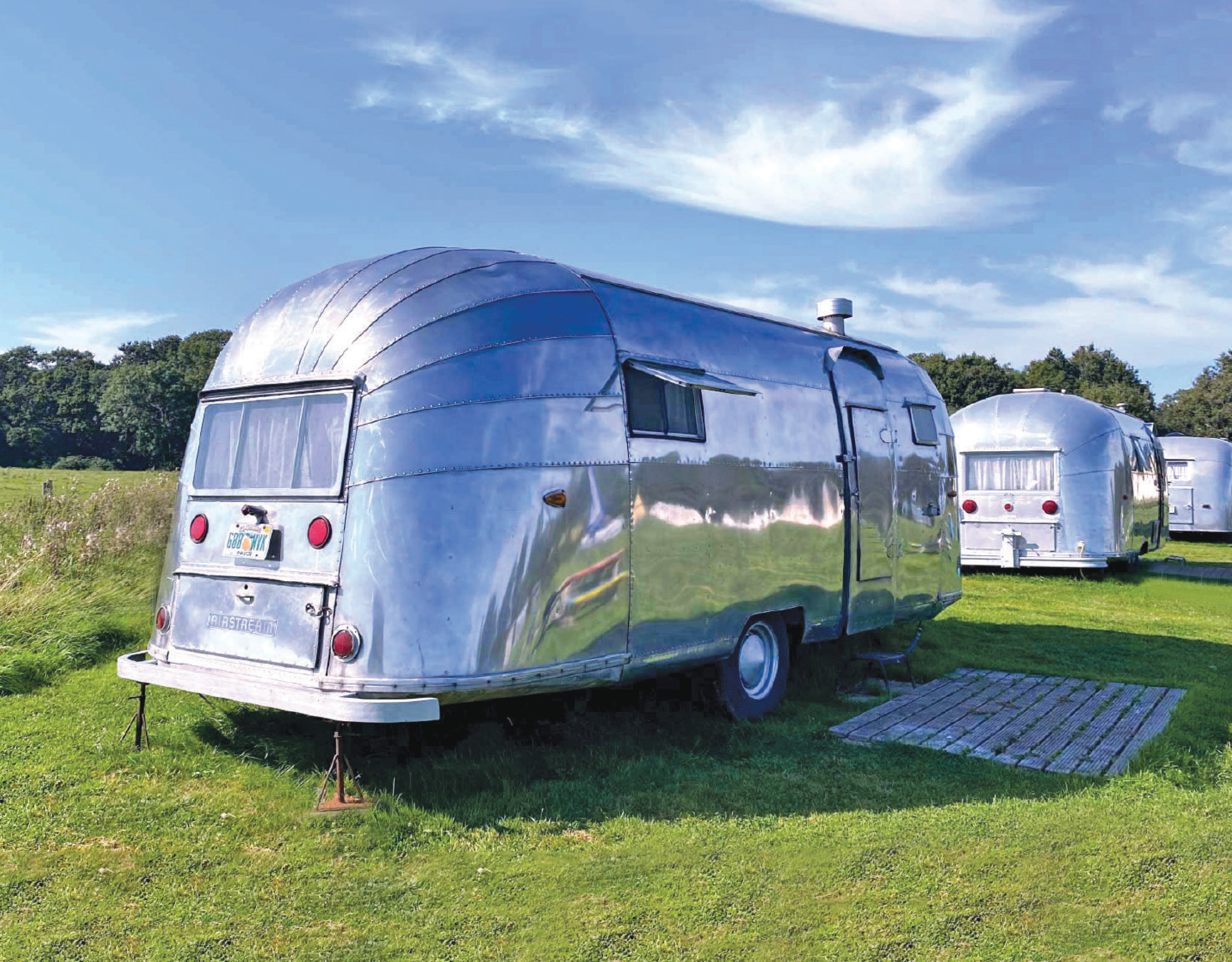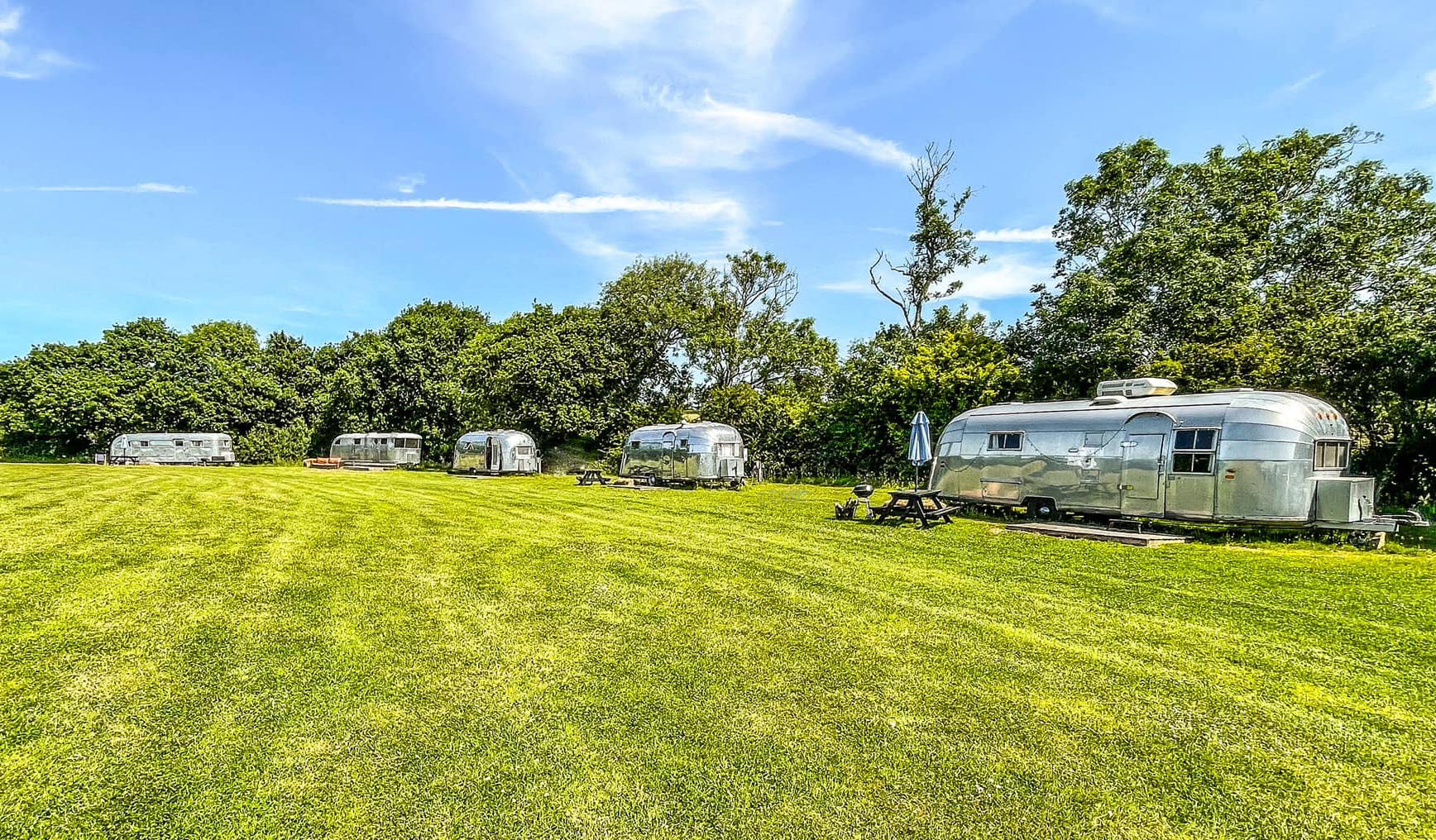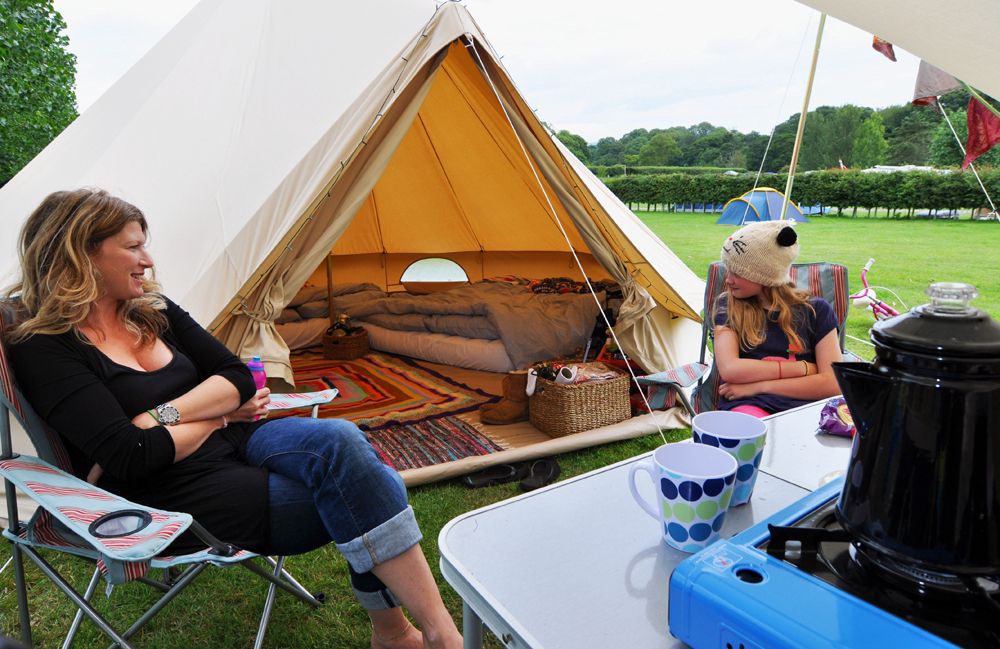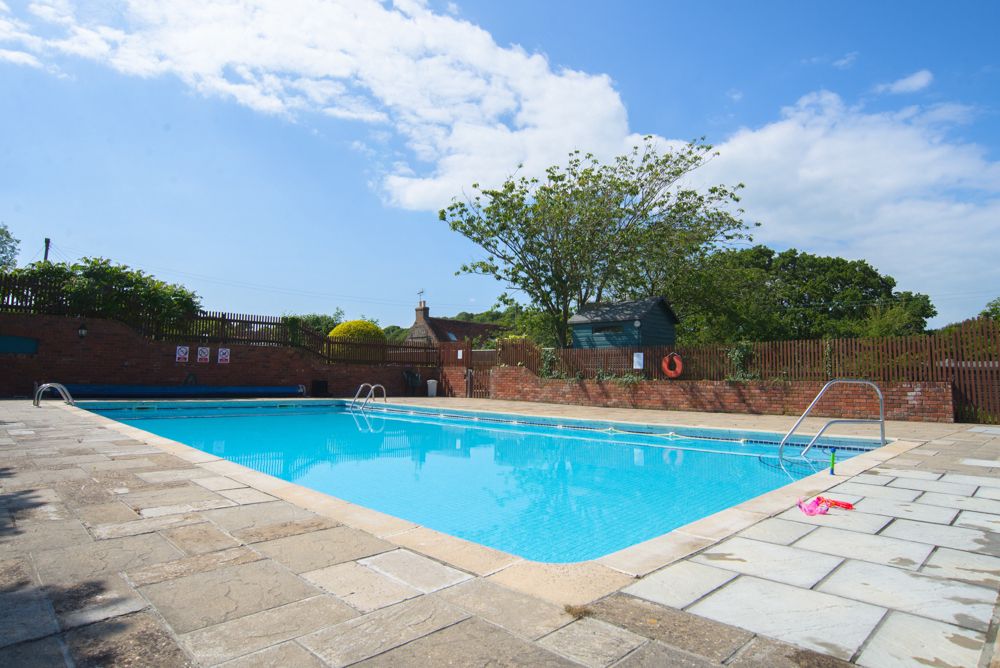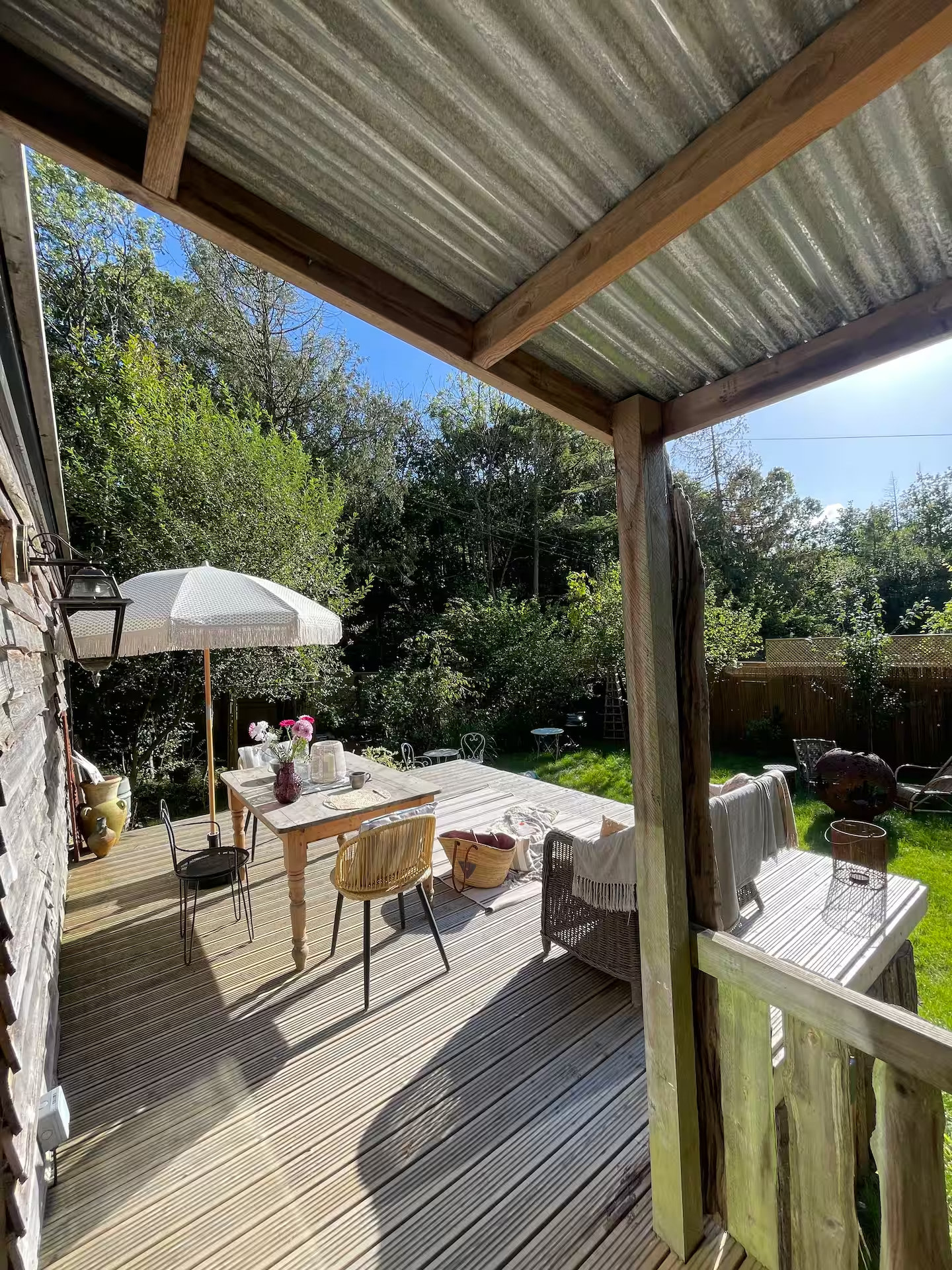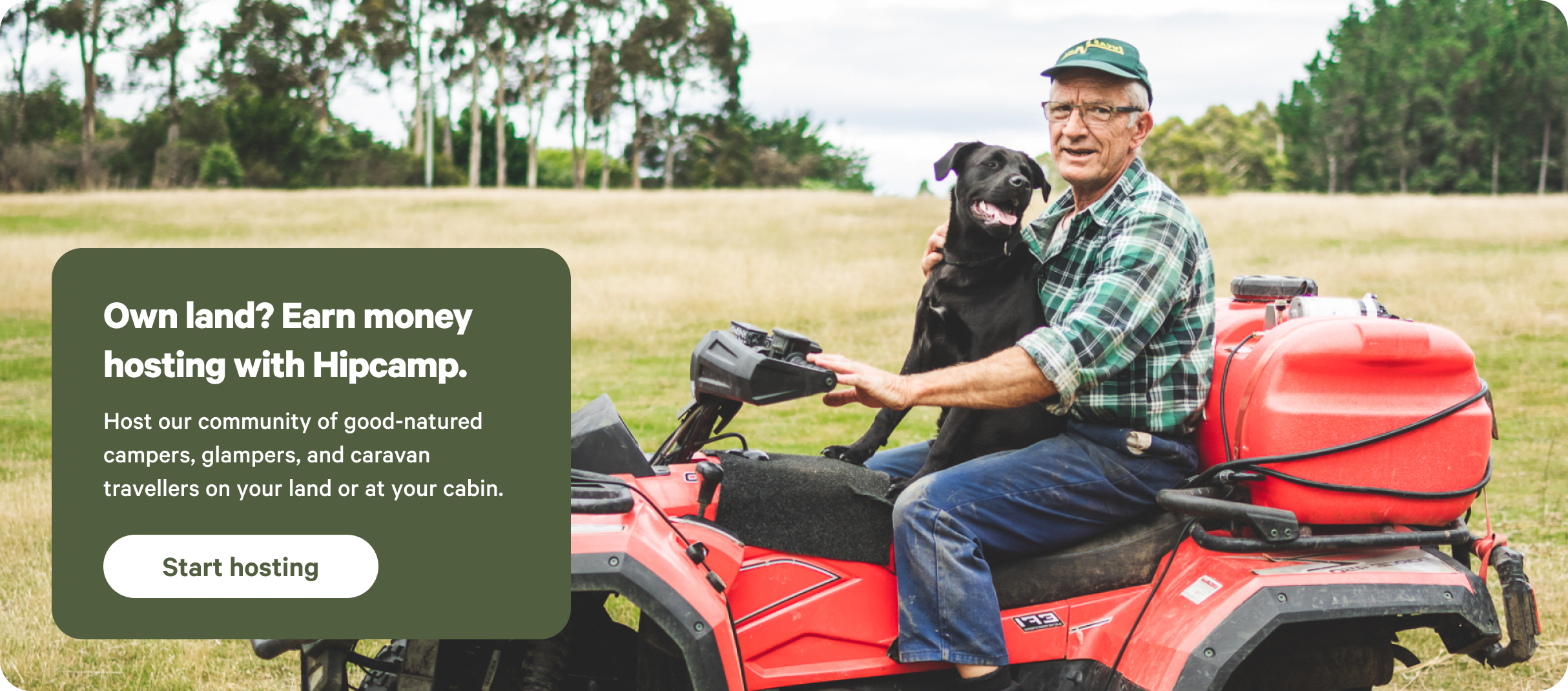Top-rated campgrounds near Isle of Wight
Top-rated campgrounds near Isle of Wight
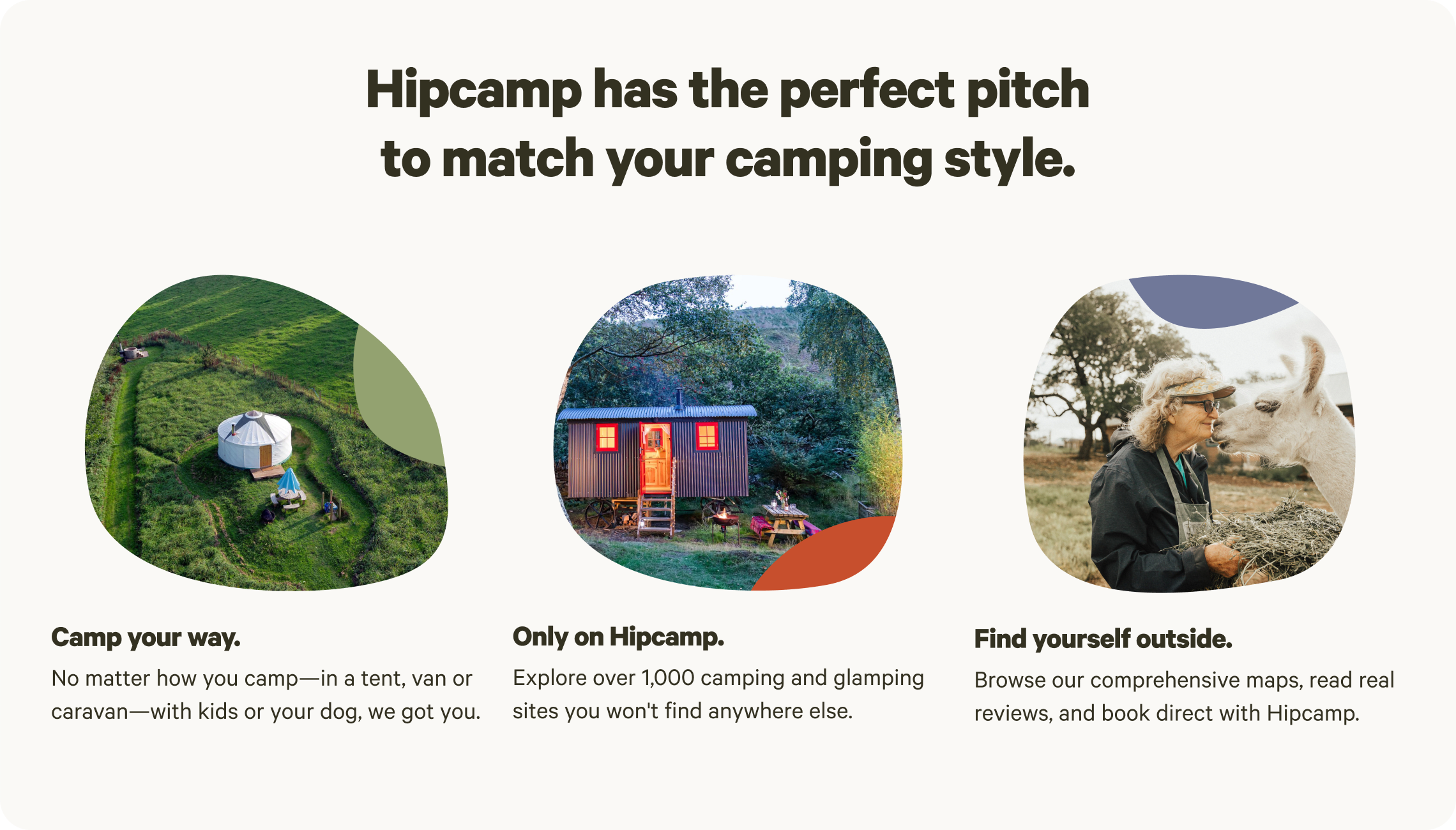

Campsites on the Isle of Wight guide
Where to go
Central Isle of Wight
The island’s capital and geographic heart, Newport offers opportunities to shop at the weekly farmer’s market, discover Carisbrooke Castle, or attend a summer festival. South of the city, the pretty villages of Shorwell and Brighstone lie within the island’s Area of Outstanding Beauty and are known for their thatched-roof cottages. Outdoor enthusiasts will be in their element—hiking, biking, horseback riding, and paragliding are all options.
North Coast
The windy northern shores of the Isle of Wight make it a top choice for sailing, windsurfing, and paragliding. Time your visit to Cowes for the world-renowned Cowes Week yachting festival, enjoy hiking or birdwatching along the Hamstead Heritage Coast, or take a ride on the Isle of Wight Steam Railway. To the east, Ryde has sandy beaches and woodland camping, while foodie hotspot Bembridge is the spot to sample the best of the island’s seafood.
Southeast Coast
The coastal towns of Sandown and Shanklin are two of the most popular destinations on the Isle of Wight. Relax on sheltered sandy beaches, take a walk through the Shanklin Chine, and make the most of family attractions like wildlife parks, mini-golf, and seaside amusements. Campers have plenty of choices, but expect big crowds in the summer months.
West Coast
The rugged west coast is the place to escape the masses, visit secluded beaches, and enjoy stargazing after sundown. Explore the old smugglers’ coves around Freshwater Bay in a kayak, admire the multi-colored cliffs at Alum Bay, or ride the chairlift over the white chalk rocks of The Needles, then check into a quiet country camping ground at Yarmouth. For hikers, this is also one of the most scenic sections of the Isle of Wight Coastal Path.
How to Get to the Isle of Wight
A huge part of the fun of the Isle of Wight is the water crossing required to get there. The Solent, the stretch of water that separates the Isle of Wight from the south coast, is only four miles at its widest point but, nonetheless, it’s more of an adventure than extra time in the car. Several routes across the water take between 10 and 45 minutes—which you choose will depend on where you’re coming from, how you’re travelling, and your thirst for adventure.
Anyone with their own boat could sail across the water, but assuming most campers will take the scheduled services, the next most exciting option is probably the Southsea (Portsmouth) to Ryde hovercraft. This 10-minute, passenger-only ride (no cars) drops you at the resort of Ryde, while Red Funnel’s Southampton to West Cowes ferry and Wightlink’s Portsmouth Harbour to Ryde catamaran service are other passenger-only services suitable for backpack campers and cyclists. Car and passenger services operate from Lymington, Southampton, and Portsmouth too.
Isle of Wight Beaches
The beaches of the Isle of Wight have been attracting holidaygoers since Queen Victoria frequented her own Wight holiday home and private beach. Today, 57 miles of coastline means there are plenty of stretches of sand to choose from—no royal status required.
Shanklin and Sandown offer all the kiss-me-quick, crazy-golf, and English-seaside fun you could hope for on the southeast side of the island. Meanwhile, Ventnor is further south still, featuring more of the same with the added attraction of beach huts for hire and a paddling pool with a miniature model of the Isle of Wight at its centre. Ryde, on the northeast coast, looks toward Portsmouth with vast, gently sloping sands as Wight’s biggest town.
If you want a quieter day at the beach during your camping holiday on the Isle of Wight, try the serene sands of Small Hope Beach, just a short distance north of Shanklin. Backed by cliffs, this beach’s row of beach huts and sloping sands are especially family-friendly. Freshwater Bay and Alum Bay are other popular beaches on the southwest coast, both close to The Needles chalk stacks at the island’s westernmost point. In early August, Cowes Week hits Wight as the biggest and most famous regatta not just in the UK, but in the world.
Family Camping on the Isle of Wight
Small but perfectly formed and full of fun—a description fit for Wight and, perhaps, your children too. No wonder, then, that the two make a great pairing. With beaches, trains, dinosaurs, and great campsites, the Isle of Wight could have been made for family holidays. Its sunny days mean you can enjoy eating ice creams and playing on the golden sands of the east coast beaches, but even if the weather fails to play ball, there are wet-weather attractions too, like the Dinosaur Isle museum and heritage railway. Other hot spots for kids include Restricted Area 5 in the quirky Blackgang Chine theme park and Monkey Haven. Even better, the island’s compact size means that getting from place to place never takes too long.

